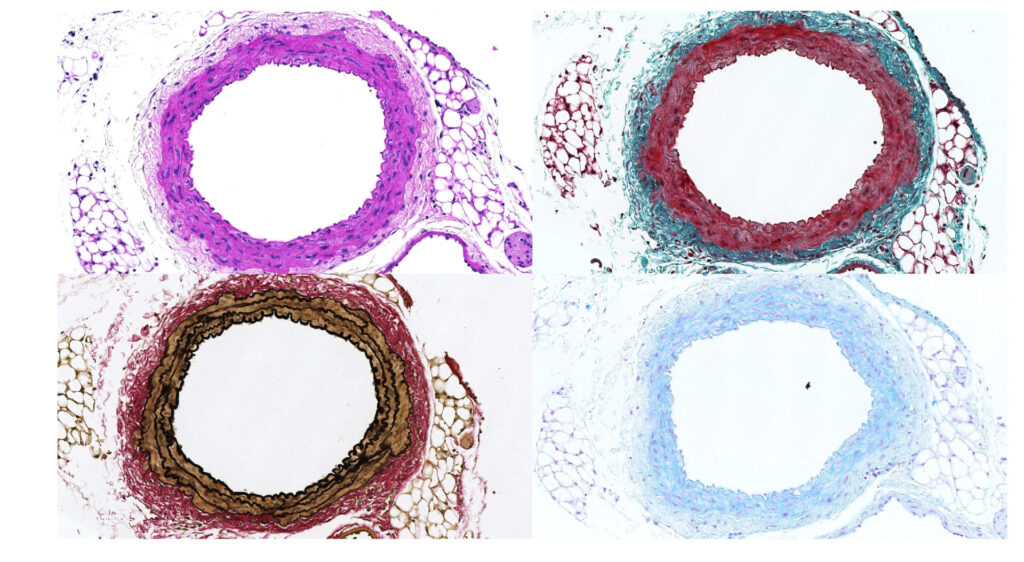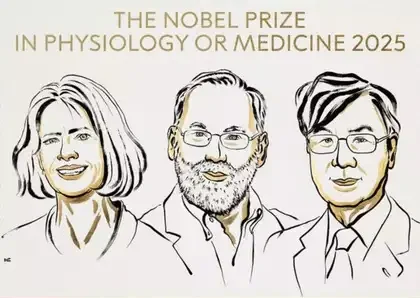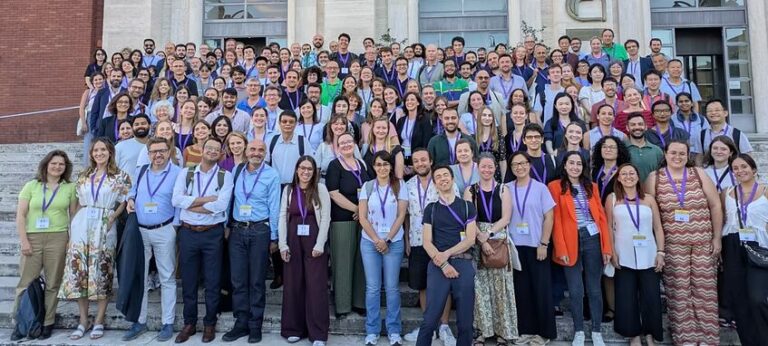An aortic aneurysm involves the weakening and dilation of our main artery. These aneurysms can cause aortic rupture, leading to internal bleeding and sudden death. The therapeutic solution for patients at risk of aortic dissection is a complicated surgery. Researchers from Mittelbrunn´s Lab have discovered the first treatment that reverses aortic aneurysms.
Aortic aneurysms are a severe disease causing about 1-2% of deaths in Spain. In some cases, these aneurysms have a hereditary origin. Marfan syndrome is a rare genetic disease that leads to aortic aneurysms. In Spain, approximately 10,000 people are affected by this syndrome. Besides Marfan syndrome, other genetic disorders associated with connective tissue, such as Loeys-Dietz syndrome, Ehlers-Danlos syndrome, Cutis laxa, and non-syndromic familial aneurysms, also have a significant risk of developing aortic aneurysms.
Until now, there have been no effective drugs for this serious cardiovascular disease. The only clinical solution to prevent aortic rupture and patient death is a highly aggressive surgical intervention, which is only performed when the risk of aortic rupture is greater than that of the surgery itself. Therefore, discovering an effective medication for treating these diseases has been the goal of research conducted by the Immunometabolism and Inflammation laboratory led by María Mittelbrunn at Centro Biologia Molecular (CBM), Madrid. By combining massive sequencing techniques, patient sample analysis, and the generation of animal models, the researchers identified metabolic changes in the aortic wall crucial for aneurysm development. To determine if these alterations cause aortic aneurysms, the researchers created animal models where these same metabolic changes were genetically induced in the aortic wall. From an early age, these mice exhibited cardiovascular alterations, specifically a weakening of the arterial wall, aneurysms, and lethal aortic dissections.
Thanks to this evidence, the researchers hypothesized that they could reverse aneurysms if they could stop the metabolic defects in vascular cells. In the second part of the study, this group of researchers tested a treatment that could reverse the metabolic changes and, consequently, the aortic aneurysms. They identified a pharmacological modulator based on Niacin (Vitamin B3) that not only reverses the genetic and metabolic changes in cells derived from patients’ aortic aneurysms but also completely reverses aneurysms and arterial wall damage in Marfan syndrome mice.
This study, says Jorge Oller, the lead author, demonstrates that the role of vascular metabolism is crucial for maintaining normal aortic function and in the development of aneurysm disease. For the first time, a pharmacological treatment has been identified that restores vascular metabolism and prevents the lethal progression of the aneurysm, potentially even reversing previously formed aneurysms. These findings could be quickly applied to treat patients with aortic aneurysms since the treatment is already approved for human use. This research offers an alternative to invasive surgical interventions to prevent sudden death in patients.


